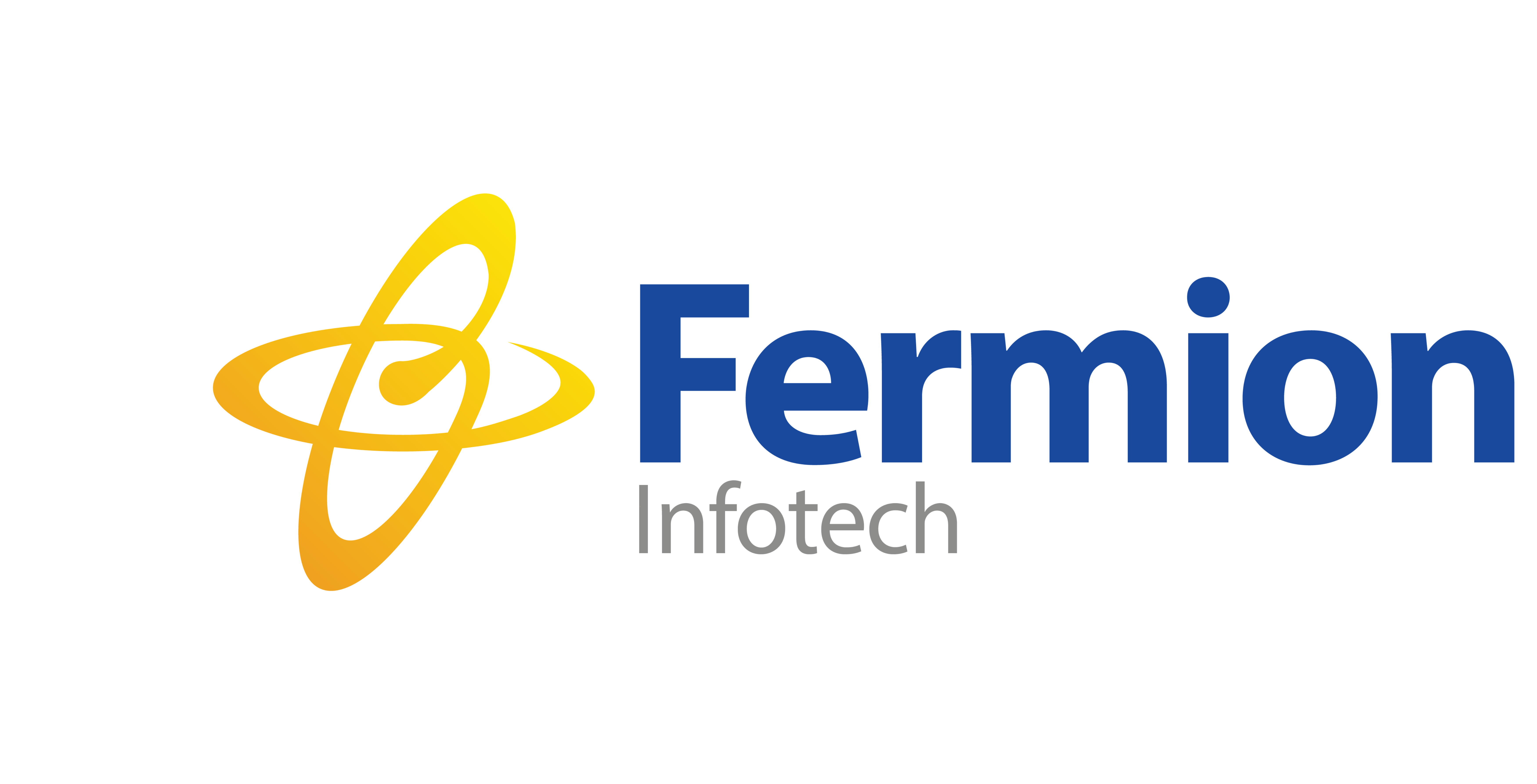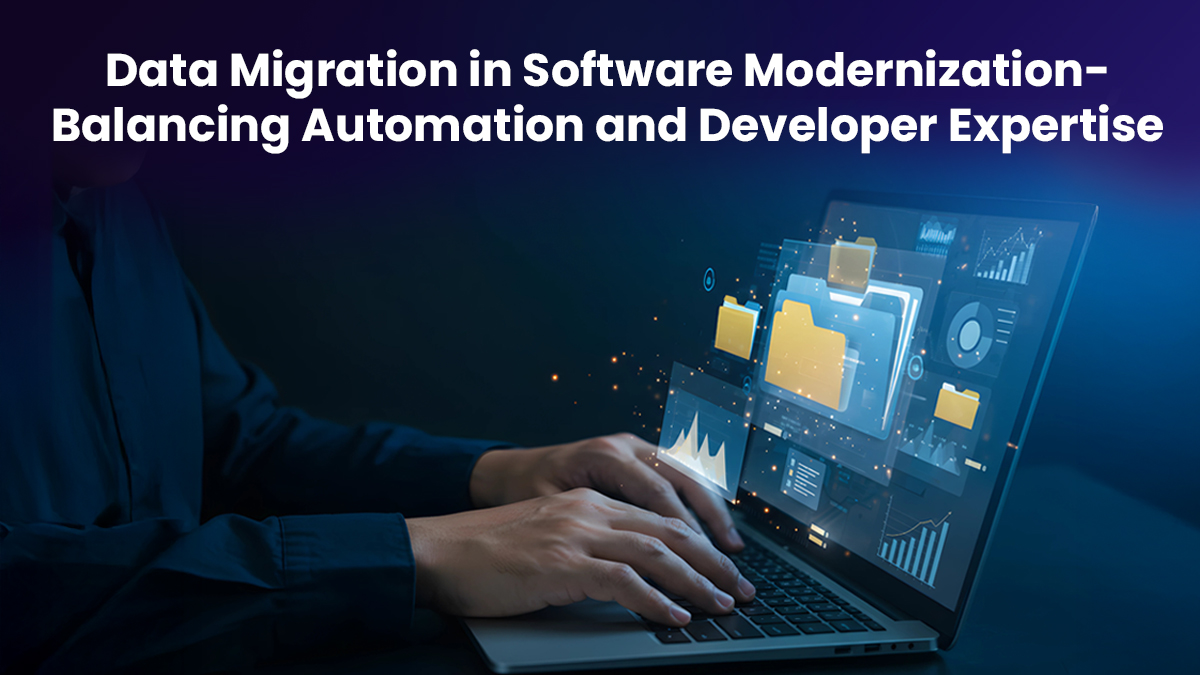Whether it’s transitioning to cloud-native platforms, adopting microservices, or upgrading legacy systems, modernization unlocks scalability, performance, and agility. At the heart of this transformation lies data migration—the critical process of transferring data from outdated systems to modern environments. However, data migration is fraught with challenges, from data loss risks to compatibility issues. To succeed, organizations must strike a careful balance between automation and developer expertise.
Why Data Migration Matters in Modernization
Data is the lifeblood of any organization and migrating it during software modernization ensures business continuity and operational success. Whether moving customer records to a new CRM, shifting transactional data to a cloud database, or consolidating siloed datasets, data migration bridges the gap between legacy and modern systems.
Legacy systems, often built on monolithic architectures or proprietary formats, present unique hurdles. Data may be poorly documented, stored in incompatible formats, or tied to outdated databases. These complexities make migration a high-stakes process, where mistakes can lead to costly downtime, data corruption, or compliance violations. A well-executed migration strategy is essential to avoid these pitfalls.
The Power of Automation in Data Migration
Automation is a game-changer for data migration, offering speed, consistency, and scalability. Modern tools like AWS Database Migration Service, Google Cloud Data Transfer, or Apache NiFi streamline key tasks, including:
- Data Extraction: Automatically pulling data from legacy systems, even those with complex or proprietary formats.
- Transformation: Mapping and converting data to fit the target system’s schema.
- Loading: Transferring data to the new environment with minimal disruption.
- Validation: Running automated checks to ensure data integrity and accuracy.
By automating repetitive tasks, these tools reduce manual effort and human error while accelerating timelines. For instance, schema mapping tools can align data structures in minutes, and ETL (Extract, Transform, Load) pipelines efficiently handle large datasets. In scenarios with standardized data formats or high volumes, automation is indispensable, allowing teams to focus on strategic priorities.
However, automation has its limits. Legacy systems often harbor undocumented quirks, inconsistent data, or unique business rules that automated tools struggle to interpret. This is where developer expertise becomes critical.
The Essential Role of Developer Expertise
While automation excels at scale, developers bring the problem-solving skills, domain knowledge, and adaptability needed to tackle complex migration challenges. Their expertise is vital in areas where automation falls short:
- Decoding Legacy Systems: Many legacy systems lack documentation or rely on custom configurations. Developers can reverse-engineer these systems to ensure accurate data extraction.
- Managing Edge Cases: Anomalies like corrupted data, inconsistent formats, or unique business logic require custom solutions. Developers can write scripts or logic to handle these exceptions.
- Ensuring Compliance: Regulations like GDPR, HIPAA, or CCPA demand careful data handling. Developers implement encryption, anonymization, or audit trails to meet compliance requirements.
- Optimizing Performance: Developers fine-tune migration processes, such as optimizing queries or batching data transfers, to minimize downtime and ensure smooth operations.
Striking the Right Balance: A Hybrid Approach
The most effective data migration strategies combine automation’s efficiency with developer expertise. Here’s how organizations can achieve this balance:
- Conduct a Thorough Assessment: Start by analyzing the legacy system, target environment, data volume, and potential risks. This helps determine which tasks are suited for automation and which require developer intervention.
- Automate Repetitive Tasks: Use tools to handle high-volume, predictable tasks like schema mapping, data extraction, and validation. This maximizes efficiency and frees up developers for complex challenges.
- Empower Developers for Customization: Provide developers with the tools and flexibility to address edge cases, compliance needs, and performance optimizations. Foster collaboration between developers and data engineers to refine automated pipelines.
- Implement Rigorous Testing: Use automated tests for broad validation and developer-led checks for edge cases to ensure data integrity and compliance.
- Adopt an Iterative Approach: Start with a pilot phase to identify issues early. Monitor performance metrics and adjust the process as needed.
- Document Everything: Maintain detailed records of the migration process, including custom scripts and configurations, to support future migrations and knowledge sharing.
A Real-World Example
Consider a retail company migrating its customer database from a 15-year-old on-premises system to a cloud-based CRM. Automation tools efficiently handled 90% of the migration, mapping standard fields like names, emails, and purchase histories. However, the legacy system included custom fields unique to the business, which automation couldn’t process. Developers analyzed the data, wrote custom transformation logic, and validated the results, ensuring a seamless migration with zero data loss and minimal downtime.
Looking Ahead
Data migration is a critical component of software modernization, and success hinges on balancing automation with developer expertise. Automation drives efficiency and scale, while developers provide the insight and flexibility needed to navigate complexities. By adopting a hybrid approach—leveraging tools for repetitive tasks and developers for nuanced challenges—organizations can minimize risks, ensure compliance, and achieve a smooth transition.
As you embark on your next modernization journey, consider how your team balances automation and expertise in data migration.


Really insightful article!👍